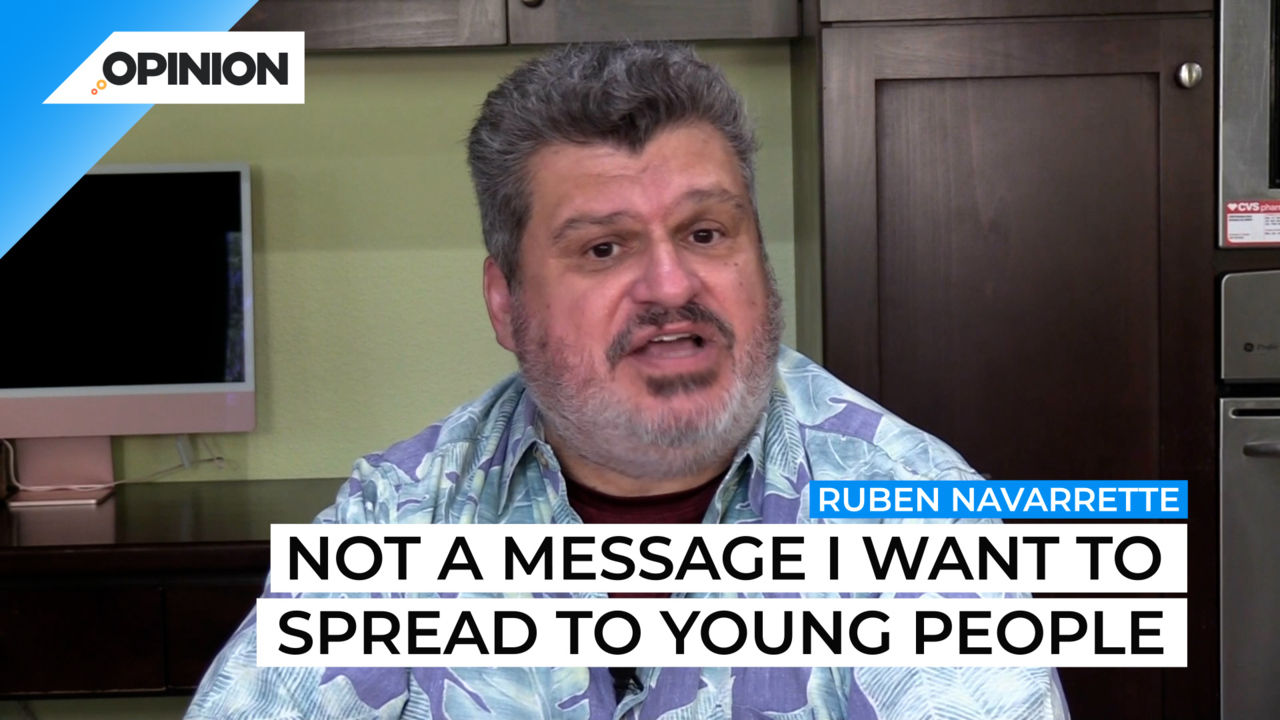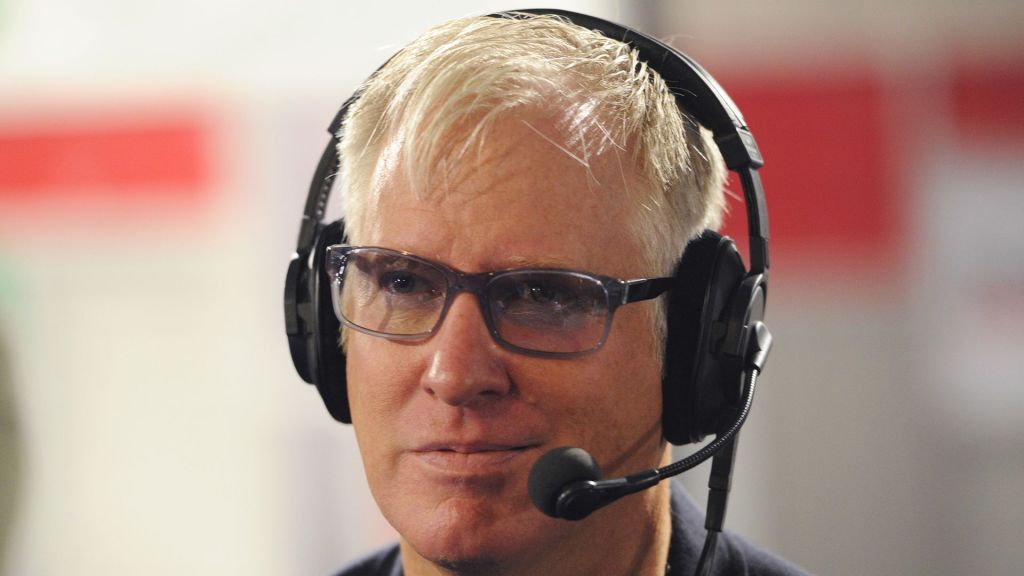
Commentary
-
Our commentary partners will help you reach your own conclusions on complex topics.
That’s it. Americans waited decades for the definitive word from the Supreme Court regarding affirmative action in college admissions. And all we got was a bunch of lousy arguments. The Supreme Court doesn’t dive into this contentious issue very often. It did so in 1978 2003 and 2016. And again October, when heard arguments by the conservative activist group students for fair admissions. They’re arguing against the admissions policies at the University of North Carolina and Harvard University. The activists want to prevent colleges from diversifying their student bodies by taking race into account admissions, along with other factors. They claim that affirmative action, a phrase coined by President John F. Kennedy in 1961, when he signed an executive order, requiring contractors who did business with the government to ensure their workforce was diverse, that this program somehow gives an unfair advantage to Latinos and African Americans, while discriminating against white and Asian American students. Look, I’ve studied affirmative action for nearly 40 years, that argument is just plain dumb. At selective schools, like Harvard standards don’t get lowered. We have more than 60,000 applicants competing for fewer than 2000 seats in the freshman class, you can have your pick of the litter. There are plenty of Latinos and African Americans to choose from world class valedictorians or student body presidents or star athletes. Besides, it’s absurd to suggest that whites and Asians are being discriminated against an admission when they represent most of the student body. But it wasn’t just the flow of arguments that bothered me. It was the fact that the six conservative members of the High Court, Roberts, Alito, Thomas Cavanaugh, Gorsuch and Barrett, all of them, by the way, received elite education at places like Harvard, Yale, Princeton, and Oxford, seem to have already made up their minds deny that opportunity to black and brown kids. No suspense here, Thomas who attend Yale Law School, and who was George HW Bush’s affirmative action pick, when the 41st president needed a black Republican to replace flexure as Thurgood Marshall made his bones and conservative legal circles in the 1980s by being a black man against affirmative action, why conservatives smile and that sort of thing you say? And Alito? Well, after graduating from Princeton and attending Yale Law School, he joined a group called concerned alumni of Princeton, the group’s sole mission seemed to be to keep their precious alma mater from getting too woke and admitting to many Latino and African American students, you know what they say? Well, there goes the neighborhood. Meanwhile, at the other end of the ideological spectrum, we find Khatami brown Jackson, the first black woman on the court and a graduate of Harvard College and Harvard Law School. Those credentials are, by the way, identical to those of Chief Justice John Roberts. Although I can assure you Kbj traveled a much bumpier road to get them. Jackson argued in favor of preserving the rights of universities to take race into account. And she mocked the idea that a college could according to the majority, look at all sorts of other factors and applicants personal background, just not race that she insisted put students of color at disadvantage, saw a bad argument, but it’s not a good one either. It suggests that black and brown students are somehow perpetually disadvantage, by virtue of something they cannot change their skin color. That’s not a message I want to spread, particularly to young people. Empowerment is all about the opposite message. If you want us fine. If not, that’s fine, too. We don’t want you either. Don’t expect us to come beg you to keep a program that may not be doing us as much good as people think. Because it masks the fact that black and brown kids are being shortchanged where it really counts the K through 12 level. Whether or not affirmative action survives much longer, life will go on and Latinos and African Americans will need to press ahead and make it on their own. Same as always
-
Trump supporters want to be victims of anti-white racism
The racial anxieties of conservative white Americans are certainly nothing new to U.S. history, but in recent years observers have warned of a range of factors that may be radicalizing right-leaning Americans into political violence and extremism. Donald Trump, in particular, often receives credit for normalizing this extremism for a new generation of Americans. Straight…
-
Texas is Hispanic, and that’s not going to change
Hispanic people now make up the largest ethnic group in Texas, according to the latest U.S. census data, and almost half of all minors in the state are Hispanic or Latino. This data feeds the fears of some right-wing Americans who believe in the “great replacement” theory. The theory states that non-white populations are displacing…
-
Liberal Americans are abandoning DEI
Diversity, equity and inclusion (DEI) have emerged as popular values for many left-leaning Americans. These Americans celebrate certain events, such as Barack Obama’s victory as the first Black U.S. president, as historical achievements and milestones of forward progress over time. Straight Arrow News contributor Ruben Navarrette worries that these values are eroding on the left,…
-
GOP hypocrites ‘tough on crime’ while supporting criminal Trump
Throughout the 1980s and 1990s, conservative politicians won campaigns in part by positioning themselves as “tough on crime” and talking about “the rule of law.” Later, during the Trump administration, it was the Democrats who positioned themselves as the defenders of law and order. Now, despite fielding a presidential candidate who faces 91 felony criminal…
-
Democrats too soft on Biden’s poor treatment of immigrants
Republicans have attacked U.S. southern border security from every angle. What’s sometimes missing from the public view of this conversation are the criticisms of Biden’s own fellow Democrats, many of whom argue that the president is being far too tough with immigrants who dream of living in the United States. Straight Arrow News contributor Ruben…
Latest Opinions
-
 DVIDS
DVIDS
Aid package to Ukraine ‘not aimed at achieving victory’
-
 AP Images
AP Images
Poll: Majority of Americans back mass deportation of undocumented immigrants
-
 Getty Images
Getty Images
Trump lawyers admit some actions alleged in indictment are private, not official
-
 Getty Images
Getty Images
EPA coal plant rule cuts emissions 90%, removes 17M homes worth of power
-
 AP Images
AP Images
As 2020 election lawsuits grow, Gateway Pundit files for Chapter 11 bankruptcy
Popular Opinions
-
In addition to the facts, we believe it’s vital to hear perspectives from all sides of the political spectrum.


